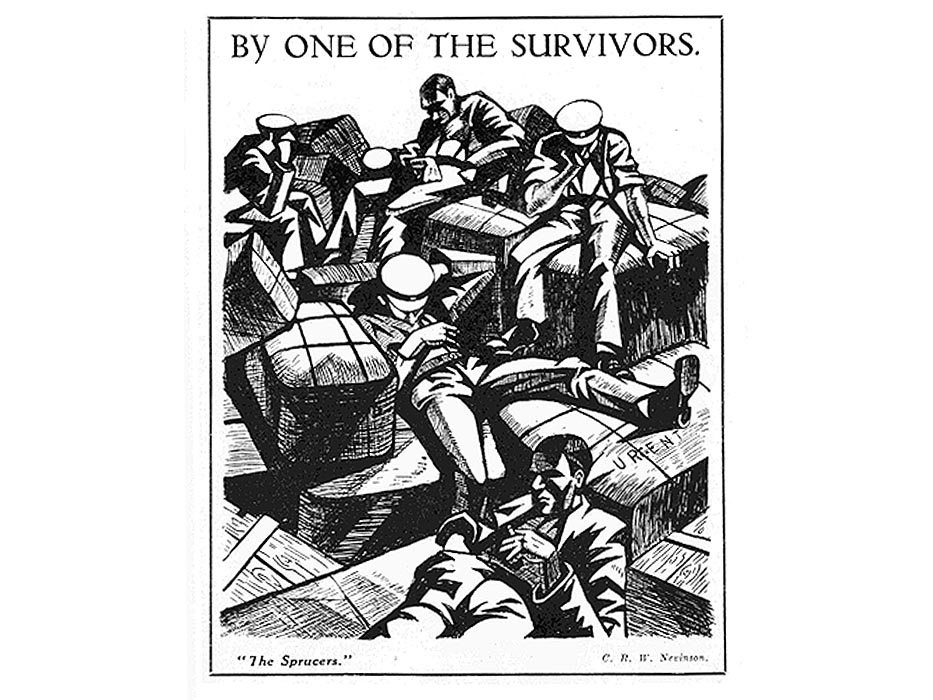“Camouflage”, at the Imperial War Museum, is an exhibition about art imitating nature, in the cause of naked self-preservation. A truncated history of the development of camouflage, mostly in war but also in peacetime, it explores its subject through an enfilade of galleries so crowded with exhibits that the visitor is occasionally liable to feel ambushed by a surfeit of object lessons. Items on display include paintings, photographs, instructional films for soldiers, guns, model battleships and a sprawling miscellanea of other things, including a pair of wearable rubber moulds of human feet intended to enable paratroopers, landing on beaches, to disguise the traces of their arrival as the mere meanderings of barefooted beachcombers.
The earliest camouflage costume on show at the Imperial War Museum, developed several million years ago, is modelled by a Bark-mimic Butterfly – a creature shown, in one of several continual-loop films in the display, almost but not quite imperceptibly blending into the trunk of an oak tree. The earliest hunter-gatherers must have used camouflage of sorts to conceal themselves from their prey, and almost certainly took lessons in how to do so from the natural world. But the recorded history of the human uses of such disguise begins, apparently, with the prehistoric Celts. The low-toned weaves and patterns of tartan, now regarded as distinctively Scottish but once worn by Celtic peoples who travelled as far afield as central Asia, seem originally to have been designed for the purpose of camouflage. In 1582, the Scottish Renaissance humanist George Buchanan noted that Scots “delight invariegated garments, especially stripes … their ancestors wore plaids of many colours, and numbers still retain this custom, but the majority now in their dress prefer a dark brown, imitating nearly the leaves of the heather, that when lying upon the...

